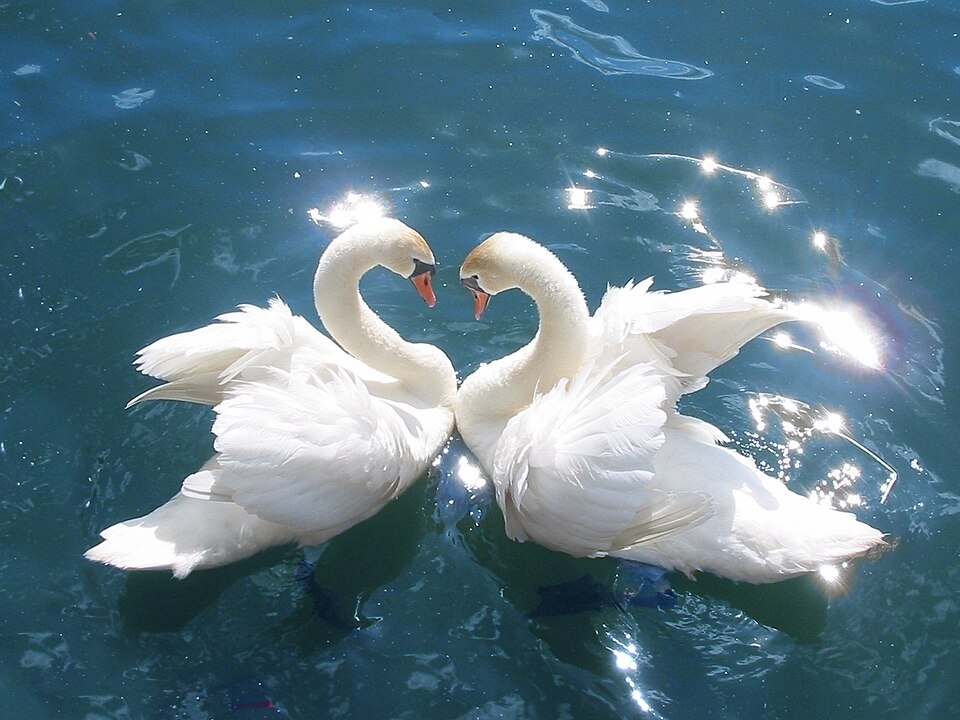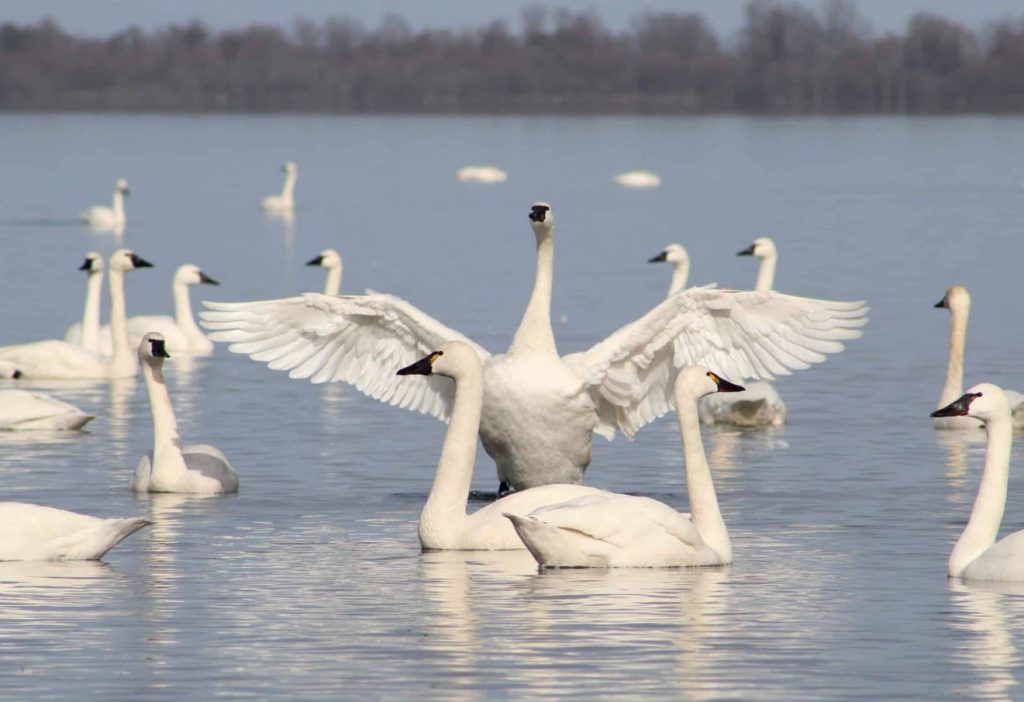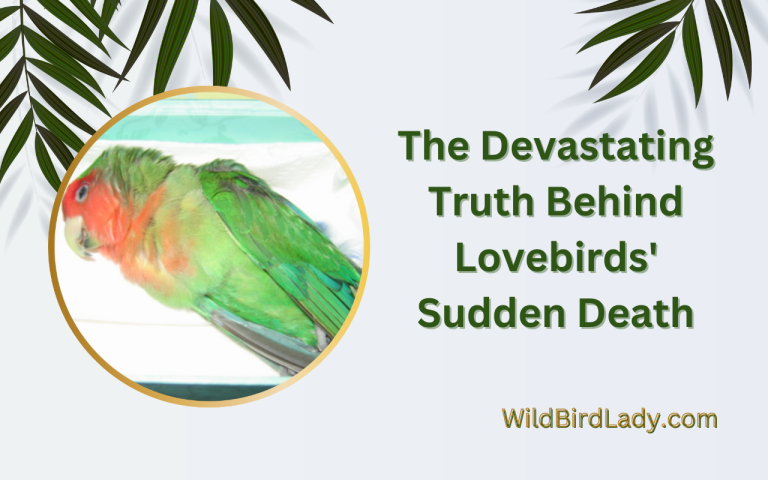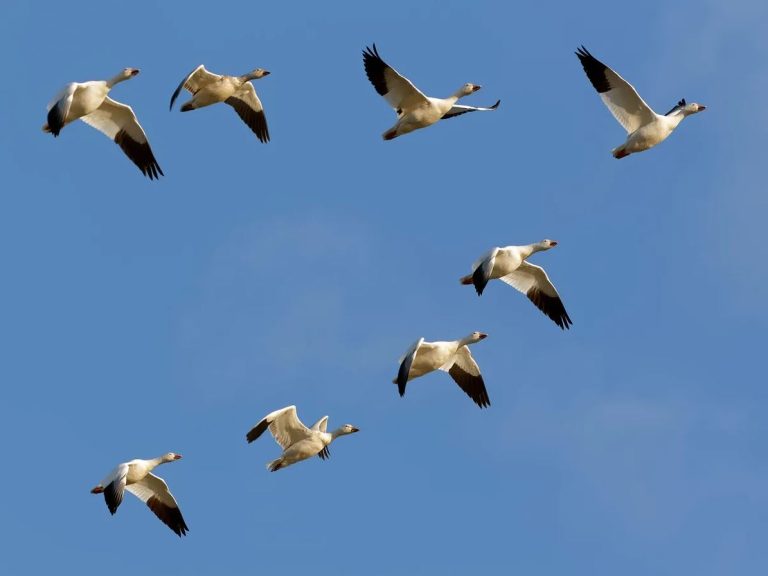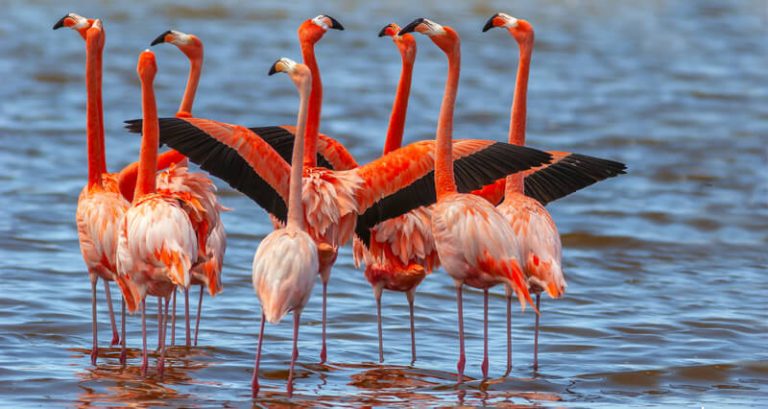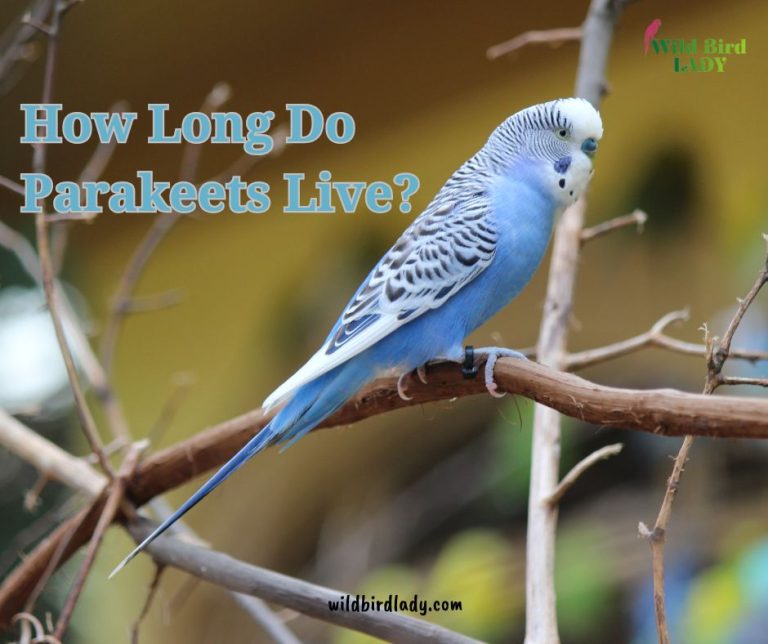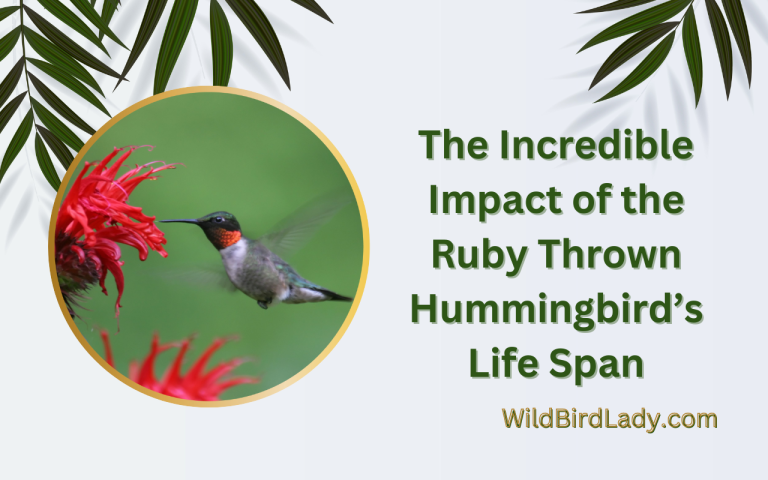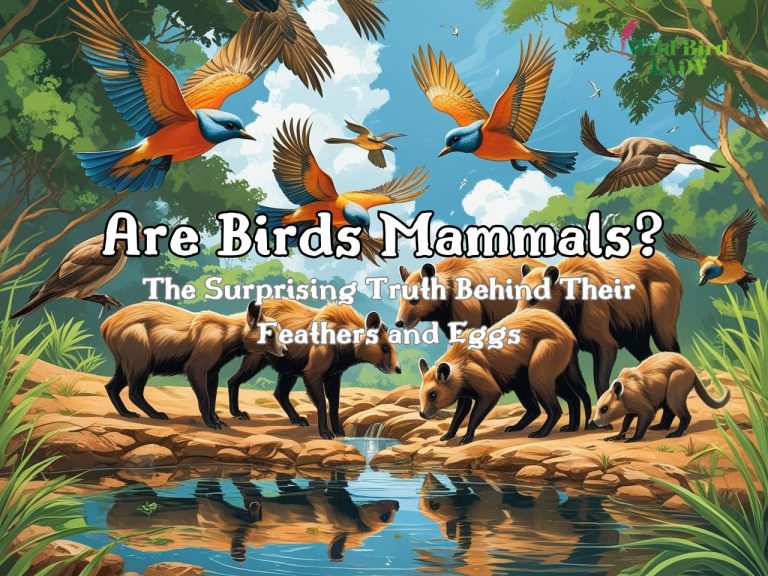What Is a Group of Swans Called? (And Other Fascinating Swan Facts!)
Swans are among the most graceful and majestic birds found in nature. With their long necks, snowy feathers, and elegant movements across lakes and ponds, swans capture the admiration of birdwatchers and nature lovers alike. But beyond their beauty lies a world of fascinating trivia—like what is a group of swans called? Or, what is a male swan called? What do you call a young swan? These are more than just fun facts—they reveal the rich language and culture surrounding these iconic birds.
In this comprehensive guide, we’ll explore everything from the various names for groups of swans to what a baby swan is called, with plenty of fascinating information in between. So, let’s dive into the surprisingly intricate world of swan terminology and behavior.
What Is a Group of Swans Called?
The most common term for a group of swans is a “bevy” when they are on land or water. But when swans are flying in formation, they are often referred to as a “wedge.”
Other Terms for Groups of Swans:
- Bevy of swans – when on the ground or water.
- Wedge of swans – when in flight, because of their V-formation.
- Herd of swans – occasionally used, though more general.
- Bank of swans – sometimes used for large, stationary groups near water.
- Ballet of swans – poetic and rarely used, evoking their grace.
These collective nouns reflect not only the swan’s behavior but also the way humans have admired them for centuries. The term “wedge” in particular draws attention to their highly coordinated migratory flights, which resemble a sharp V-formation slicing through the sky.
Why Do Swans Form a Wedge in Flight?
The “wedge” formation isn’t just beautiful—it’s functional. Flying in this formation helps reduce wind resistance and allows the swans to communicate more effectively. Much like geese, swans take turns leading the formation so that the lead bird doesn’t tire too quickly.
This flight strategy is crucial during long migratory journeys, sometimes spanning hundreds or even thousands of miles.
What Is a Male Swan Called?
A male swan is called a “cob.” This term likely originates from an old English word meaning “strong” or “stout,” which is fitting given that male swans are generally larger and more territorial than females.
Cobs play a significant role in nesting and protecting the family, especially during breeding season. They are known to be aggressive defenders of their mates and cygnets (baby swans), using their size and strength to ward off potential threats.
What Is a Female Swan Called?
A female swan is called a “pen.” This term is believed to derive from the old English word penne, meaning “feather” or “quill.”
Pens are the primary caretakers of the nest and the eggs, sitting for long hours while the cob guards the area. However, both parents are involved in raising the young, making swans one of the more cooperative bird species when it comes to parenting.
What Is a Baby Swan Called?
A baby swan is called a “cygnet.” The word comes from the Latin cygnus, meaning “swan,” with the diminutive suffix -et, implying “little swan.”
Cygnets are typically born gray and fluffy, making them look vastly different from their elegant white parents. Over time, their feathers turn white (or black, in the case of the black swan species). This transformation has inspired many legends and fairy tales—most notably The Ugly Duckling by Hans Christian Andersen, where a cygnet mistaken for a duckling eventually matures into a beautiful swan.
What Is a Young Swan Called?
While “cygnet” is the most widely accepted term for a baby or young swan, some people also refer to them as juvenile swans once they’ve grown past the fluffy gray stage but haven’t reached full maturity.
Juvenile swans often have duller, brownish feathers and may remain with their parents for up to a year before venturing out on their own.
What Is a Bunch of Swans Called?
A “bunch of swans” is another casual way people refer to groups of swans, especially when the exact collective noun is unknown. While “bunch” is not technically correct in scientific or birdwatching circles, it’s commonly used in conversation.
If you’re aiming for accuracy, though, stick with bevy, wedge, or herd, depending on the swans’ activity and setting.
Swan Social Structure: Why They Travel in Groups
Swans are highly social birds, especially outside the breeding season. Traveling in groups provides safety in numbers, helps them find food more efficiently, and is critical for migration.
During the breeding season, swans often become territorial and will isolate themselves in pairs. But once the season ends, swans reunite in groups or flocks, creating impressive spectacles on lakes and rivers.
Are Swans Monogamous?
Yes, swans are famous for their lifelong monogamous relationships. A swan pair will typically stay together year after year, sometimes for life, which adds to their reputation as symbols of love and fidelity.
Even within a group of swans, these pair bonds are clear. You’ll often see two swans swimming in unison or grooming each other—a behavior known as “allopreening.”
Different Species, Different Group Dynamics
There are six to seven recognized species of swans, including:
- Mute Swan (Cygnus olor)
- Trumpeter Swan (Cygnus buccinator)
- Tundra Swan (Cygnus columbianus)
- Whooper Swan (Cygnus cygnus)
- Black Swan (Cygnus atratus)
- Black-necked Swan (Cygnus melancoryphus)
- Coscoroba Swan (Coscoroba coscoroba – debated as a true swan)
Each species may exhibit slightly different group behaviors and migratory patterns. For example, Tundra Swans form large flocks during migration, while Mute Swans are often seen in smaller family groups.
Swans in Culture and Mythology
Swans have long been revered in art, literature, and mythology. From Greek myths about Zeus transforming into a swan to the ballet Swan Lake, swans symbolize purity, transformation, love, and beauty.
Even collective terms like bevy and wedge carry poetic resonance, often used in literature and music to evoke a sense of harmony and elegance.
Fun Facts About Swans
- Swans can fly up to 60 miles per hour when migrating in their “wedge” formation.
- A mute swan’s wings can make a loud humming or throbbing sound during flight.
- The black swan, native to Australia, was once thought not to exist—hence the term “black swan” as a metaphor for rare events.
- Cygnets can ride on their parents’ backs while swimming to stay safe from predators.
- Swans molt all their flight feathers at once, becoming temporarily flightless for about a month.
FAQs About Swans
Q: What is a group of swans called when flying?
A: A group of swans in flight is called a wedge because of their V-shaped flying formation.
Q: What is a male swan called?
A: A male swan is called a cob.
Q: What is a female swan called?
A: A female swan is called a pen.
Q: What is a baby swan called?
A: A baby swan is called a cygnet.
Q: What is a young swan called after the cygnet stage?
A: It is often referred to as a juvenile swan.
Q: Are swans aggressive?
A: Yes, especially during breeding season. Cobs are known to aggressively defend their nests and cygnets.
Q: How long do swans live?
A: In the wild, swans can live up to 20–30 years, depending on the species and environmental conditions.
Conclusion: The Language of Swans Is as Graceful as the Birds Themselves
Whether you’re a bird enthusiast, a nature lover, or simply curious, knowing the terms like “bevy,” “wedge,” “cob,” “pen,” and “cygnet” helps you appreciate these majestic creatures on a deeper level. So the next time you see a serene group of swans gliding across the water or soaring in the sky, you’ll know exactly what to call them—and perhaps even feel a little more connected to their world.
Now that you know what a group of swans is called, keep exploring! Learn about other elegant birds and their unique group names in our full bird collective guide.

